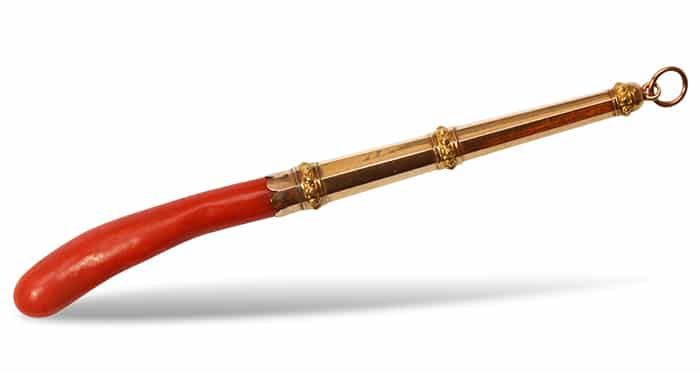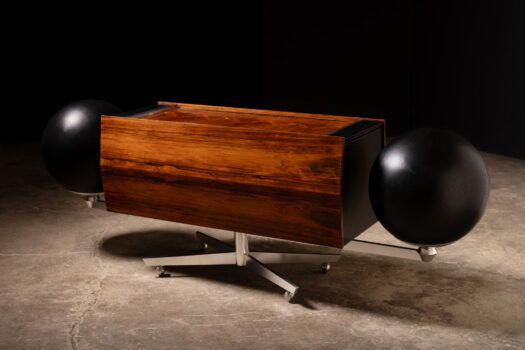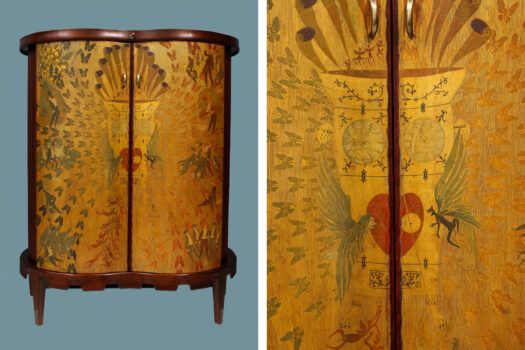At 1stdibs we’re constantly seeing beautiful and historically valuable examples of art and design. We can even admit to getting a little jaded at times. Even so, we still always seem to stumble on some scrap of cultural ephemera or some odd relic of a bygone era that intrigues us, baffles us and proves that we haven’t seen it all. To wit, we present Mystery Objects, in which we do a bit of digging to discover the intended purpose of an item — when it isn’t clear from just looking at it.

So here’s an example of a piece that had us guessing. Right? See the big reveal after the jump.
We weren’t sure what to make of this somewhat ominously termed “bite bar” by Dutch dealer Kunsthandel Inez Stodel. Was it a primitive medical instrument? An exceptionally unexceptional weapon? Nope — turns out we could have just asked a baby.
Long before the advent of the rubber pacifier, there were triple-duty coral teethers like the above: pain relievers, mystical talismans and status symbols, all rolled into one. For centuries, coral was believed to possess mystical properties, its vibrant red color seen as a symbol of healthy and vitality. Egyptians, Greeks, and Romans all hung coral charms around babies’ necks and cradles as a safeguard against evil spirits.
In the 18th century, coral was still considered to be a somewhat magical material, but the intricate trinkets the rich gave each other’s infants also served a practical function. Made of red coral polished branch and topped with elaborately sculpted gold or silver handle, they pacified not only evil spirits, but the teething babies themselves. These teethers were often so exquisitely crafted they were rarely used in private — instead, they were used only in highly visible contexts, when people felt like showing off (and advertising to kidnappers they could afford the ransom). More often than not the most valuable teethers were carefully kept at home and passed down as heirlooms.
By the turn of the 19th century, teethers grew smaller and less extravagant; and by the 20th century they’d become had become largely obsolete, killed off by the rubber model we know today and the rise of a company that legitimately called itself Baby Binky Products. And no one ever said “Let’s get that crying brat a coral branch” again.




